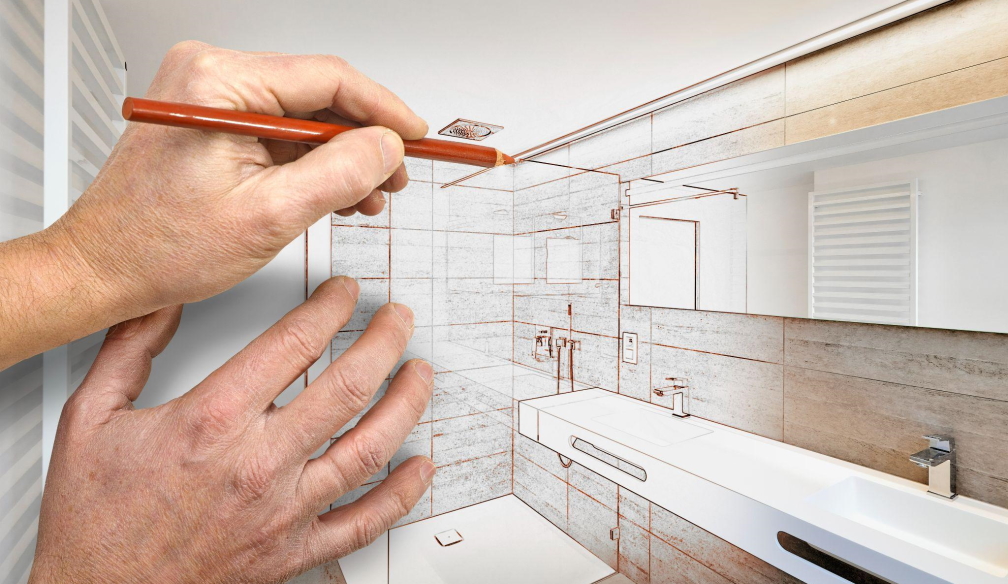3 Steps to Calculating the Cost of a Bathroom Renovation

No one can tell you the exact dollar and cent value of your final renovation cost outside of the contractor you use for the most acceptable quote. However, it’s true that the contractor is able to cost a theoretical project, so what gives? Did they have to go to the hidden school of renovation specialists to learn this secret power?
Well, the trick is rather simple. By estimating the costs of the work and materials involved, including any additional labour, and of course the fee for constructing such a renovation with care, a contractor becomes adept at estimating the price they’ll perform work for, and what a project really needs.
But how do they do it? Well, in this post we’ll discuss three steps to calculating the cost of a bathroom renovation Adelaide.
-
What’s the size of your bathroom?
A smaller en-suite is generally going to cost less to renovate than a larger, multi-feature bathroom with a wet room shower unit and a freestanding bathtub. Depending on how unique the design of the space is - a niche example being a joint bathroom connecting two rooms, the cost of the final renovation will also be altered in line with the scope of the project.
While size isn’t the strongest predictor of cost (a smaller en-suite may require more complex plumbing and electrical work in a tighter space, for instance), it can definitely play a significant role in how a contractor will look at the work involved. Renovations also mean remodelling, and large bathrooms demand this application over a greater area.
-
What is the extent of your chosen renovations?
A full teardown of your current bathroom space to make room for new features, new plumbing, new electrical rewiring and even new fixture orientation will be more expensive than replacing the bathtub, tiling, and fittings.
In some cases, you may even decide to develop an en-suite from scratch, such as crafting one in the corner of a large bedroom. As you can see, ground-up constructions will cost more, and it’s important to agree on the final price with your contractor in writing.
Also worth keeping in mind is that of combined trades that may need to work on renovation. Your bathroom specialist may need to bring in an excellent electrician to make sure all of the sockets are moved as planned. This may influence the final cost but will be communicated to you before you agree on the quote.
-
What materials, fittings and fixtures are important to you?
A marble countertop is of course going to cost more than treated pine, but you’ve no doubt accommodated for that already. It’s worth negotiating the procurement of certain finishes depending on your taste, as contractors are often able to gain a trade discount for the acquisition of such materials.
However, you’re well within your rights to source and supply fittings yourself, for example, bathroom handles or the size and shape of your sink - provided they’re of the correct dimensions. If you feel you can get a better deal, then this may be costed out of your quotation.
To conclude, we hope you can use these metrics to better help you calculate the cost of a bathroom renovation in Adelaide.









